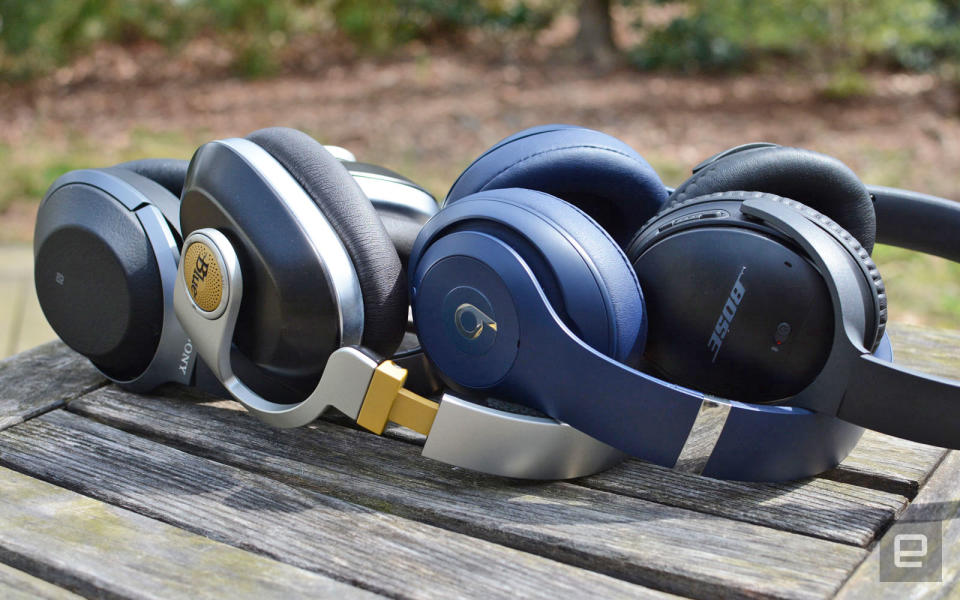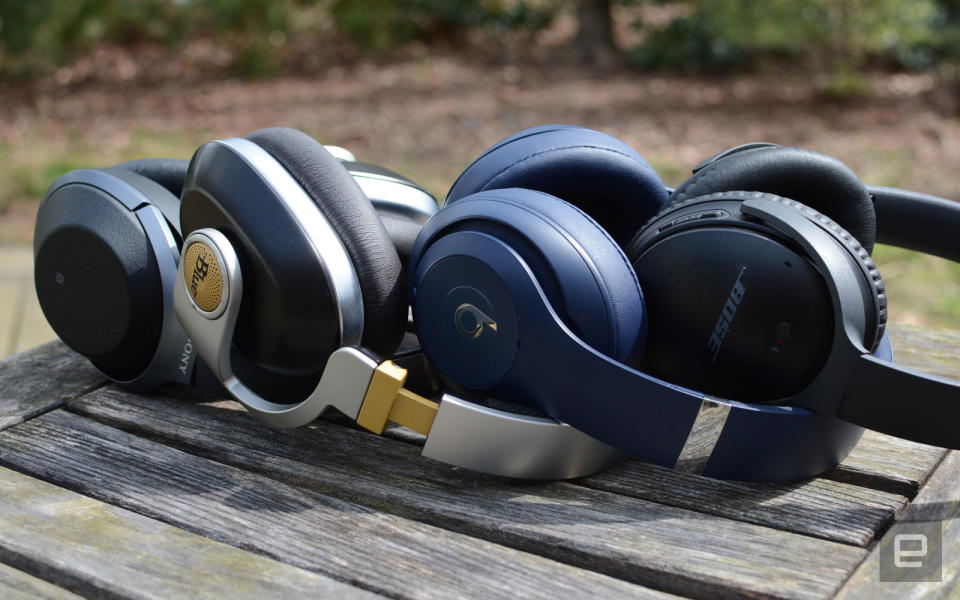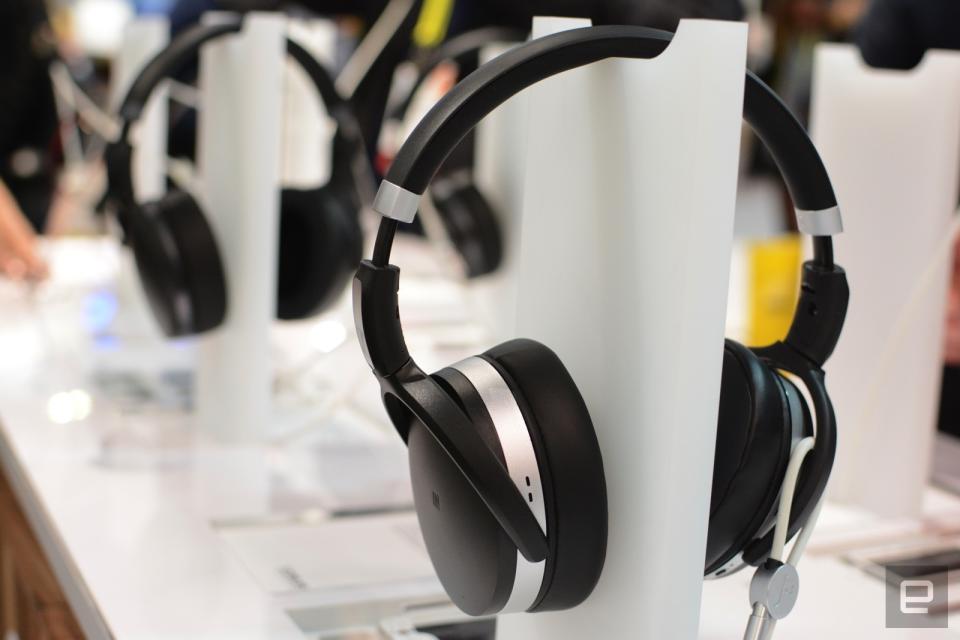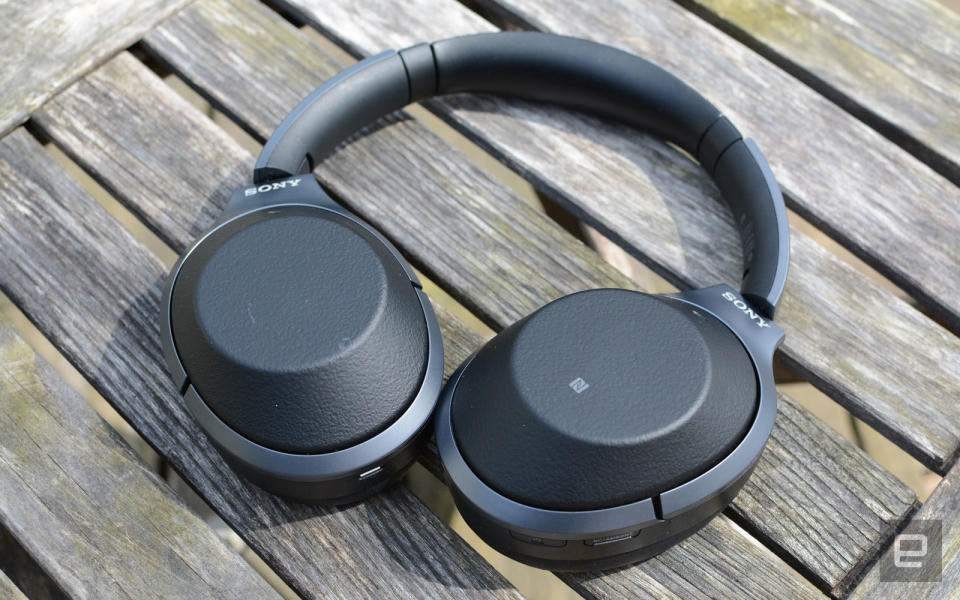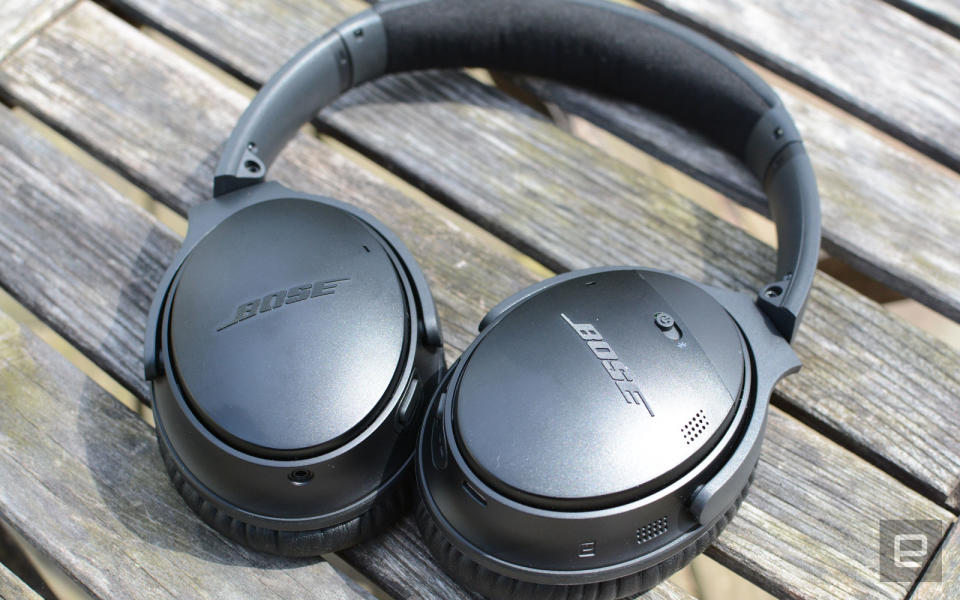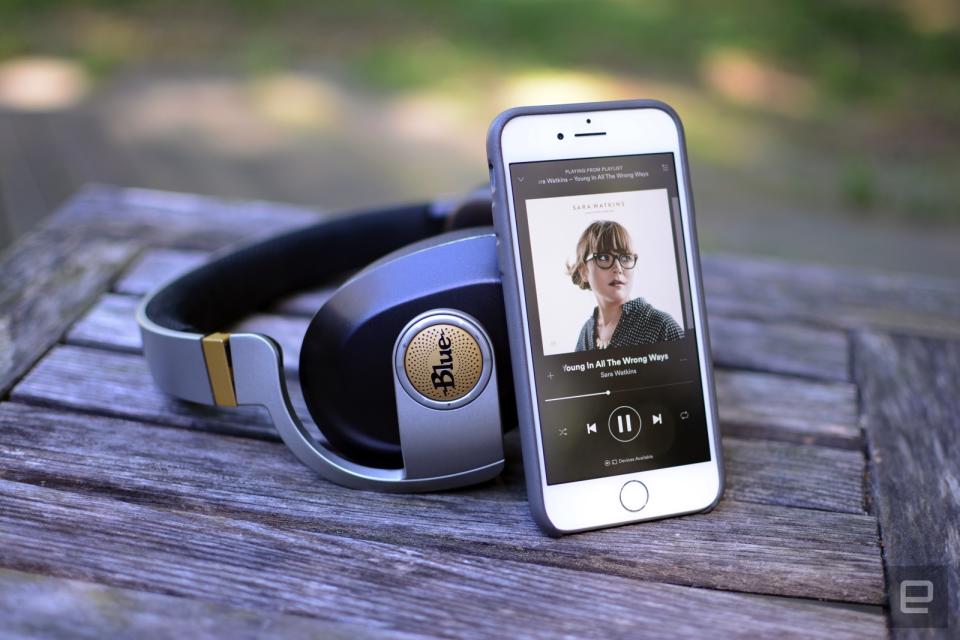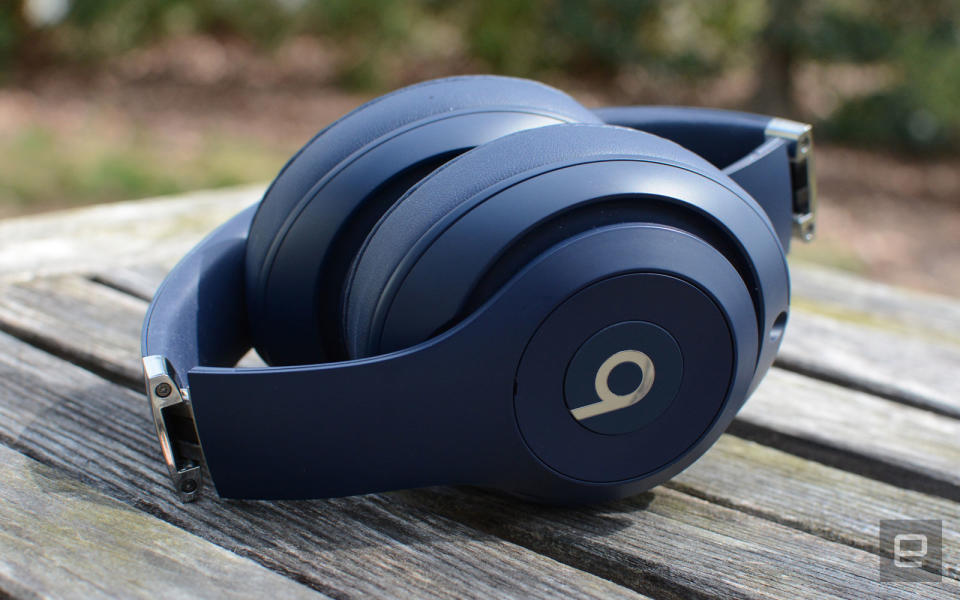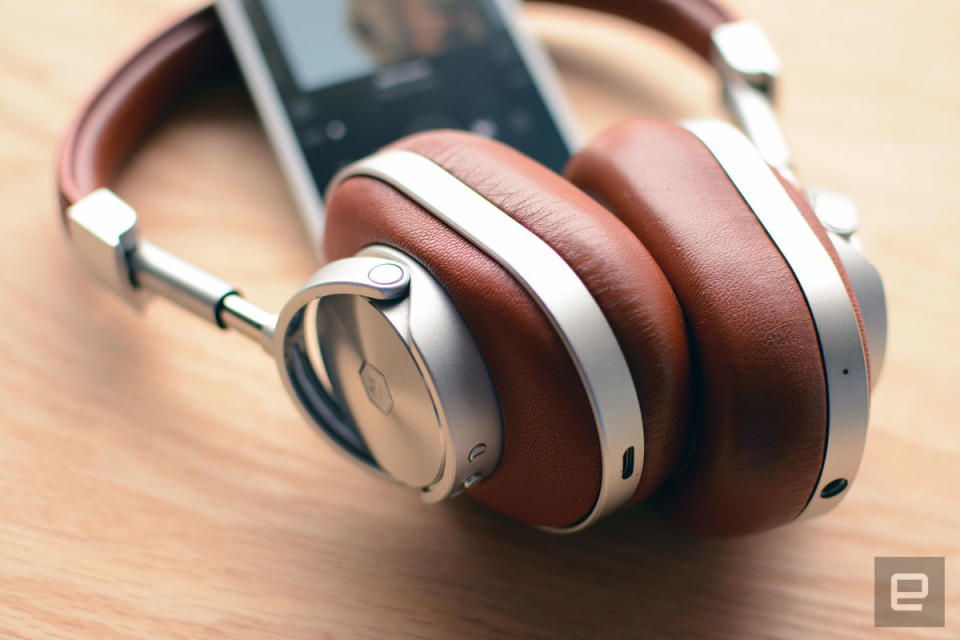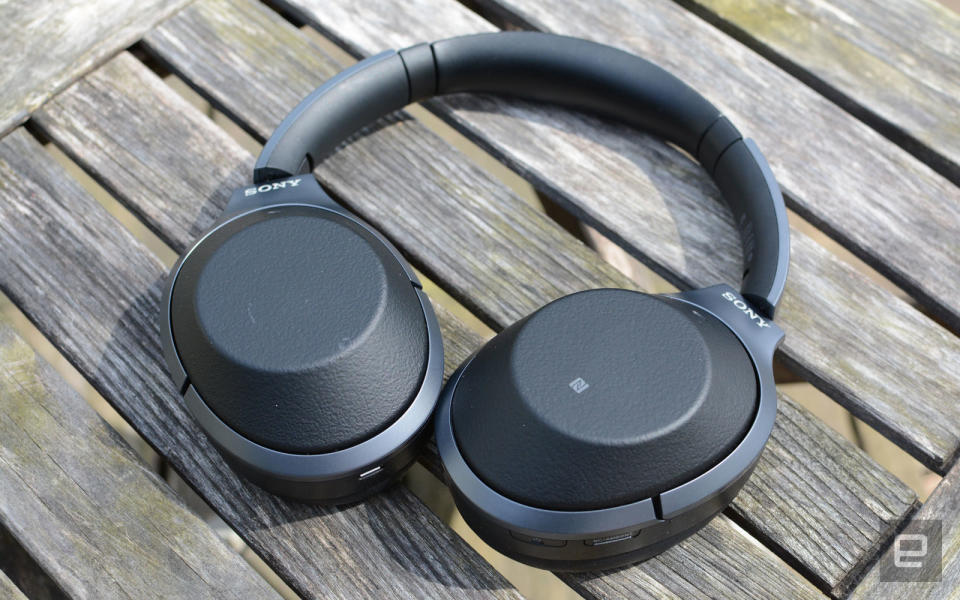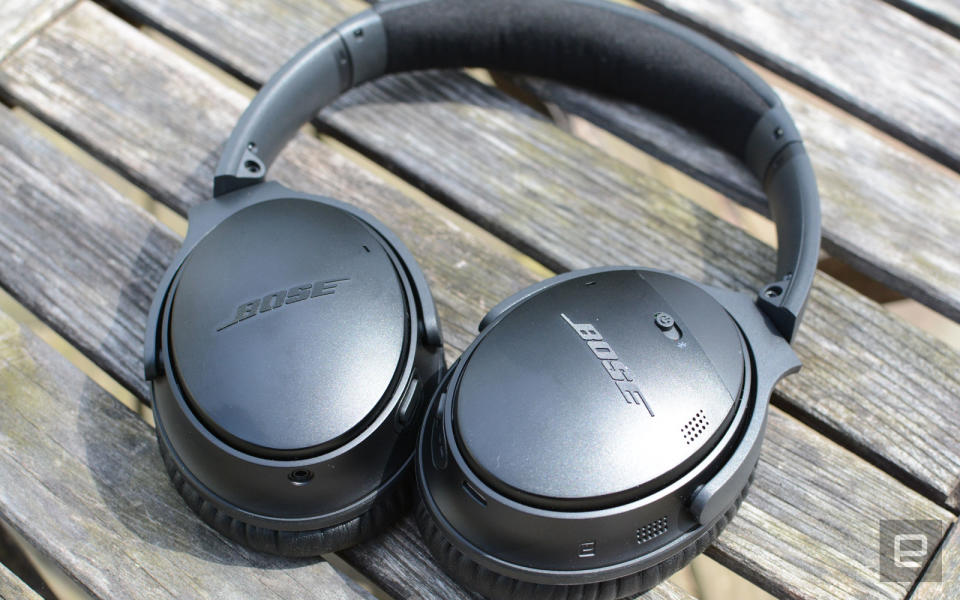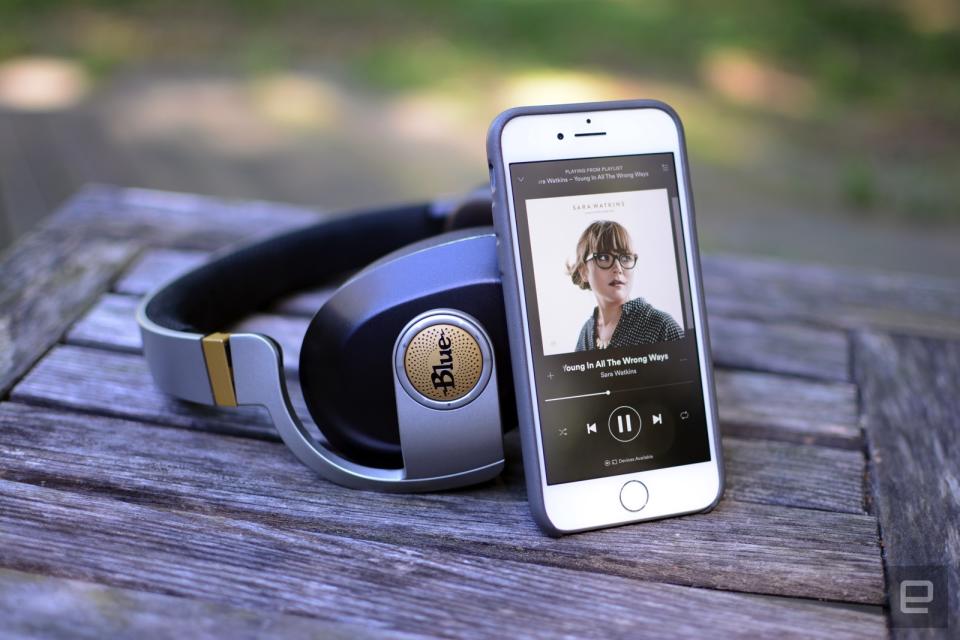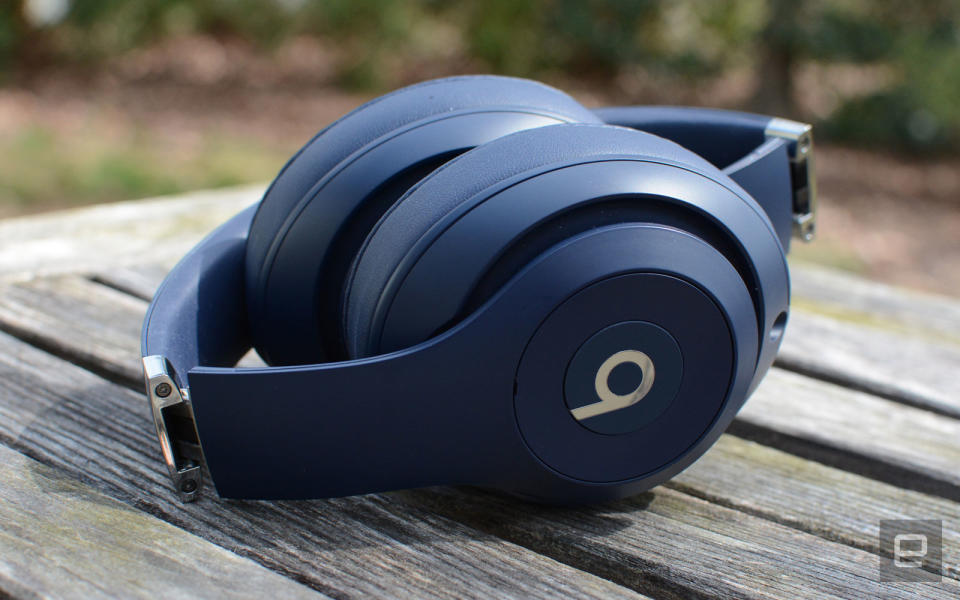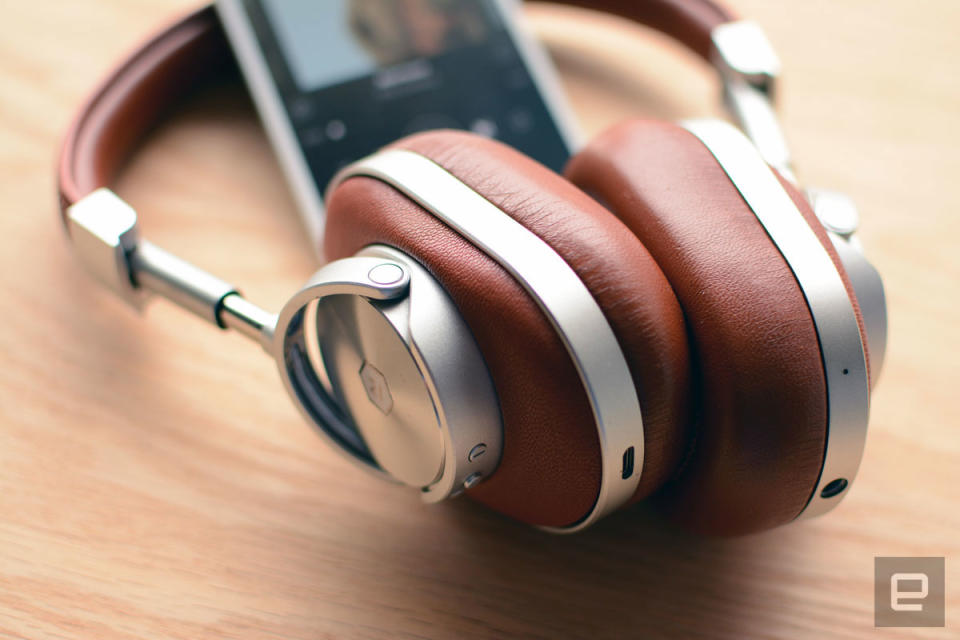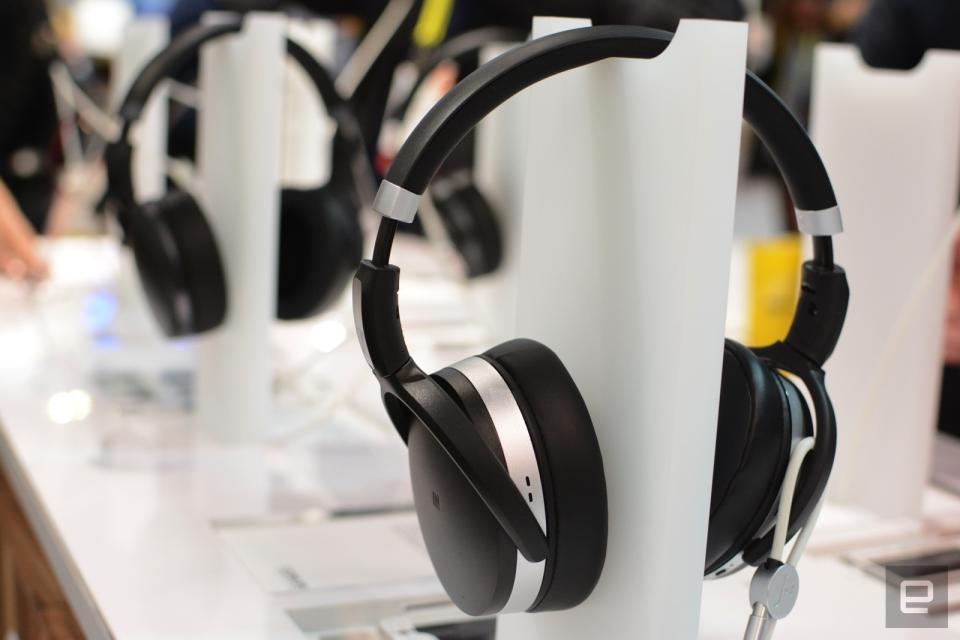The best wireless headphones
Want to tune in and block out the world? Look no further.
Music is a necessity while I'm working. If it's not tunes from Spotify, there's at least a podcast chattering on in my ear. Of course, if you don't want to bother those around you with what you're listening to, you need a good set of headphones. The best options will also do a good job of blocking out the outside world. We've already offered some suggestions on the best wireless earbuds, so now it's time to examine the best over-ear wireless headphones. Each was selected for its mix of comfort, sound quality and effective noise cancellation. Because let's be honest: Audio is just one part of the equation when it comes to long listening sessions.
Sony WH-1000XM2

Sony had earlier won the crown for our favorite set of wireless headphones with a revised version of the MDR-1000X, which debuted in 2016. The new WH-1000XM2 ($350) keeps everything we loved about the original but adds longer battery life (now up to 30 hours) and more control over audio settings, through a companion app. What's more, Sony added a Quick Charge mode that will give you an hour of listening time after just a 10-minute charge.
The new additions are great, and, combined with Sony's mainstay features, make for a really good set of headphones. The same stellar audio quality is back, with clear sound and a balanced EQ that provides a near-perfect amount of bass. Noise cancellation on the WH-1000XM2 is better than on the Bose (I tested both on long, noisy flights), which, besides sound quality and battery life, was a key reason these headphones took the top spot on this list. Additionally, Sony kept the convenient touch-sensitive control pad on the outside of the right ear cup, allowing you to make adjustments with a tap or swipe. And, perhaps best of all, they're still comfortable to wear.
Bose QuietComfort 35 II (and QuietComfort 35)
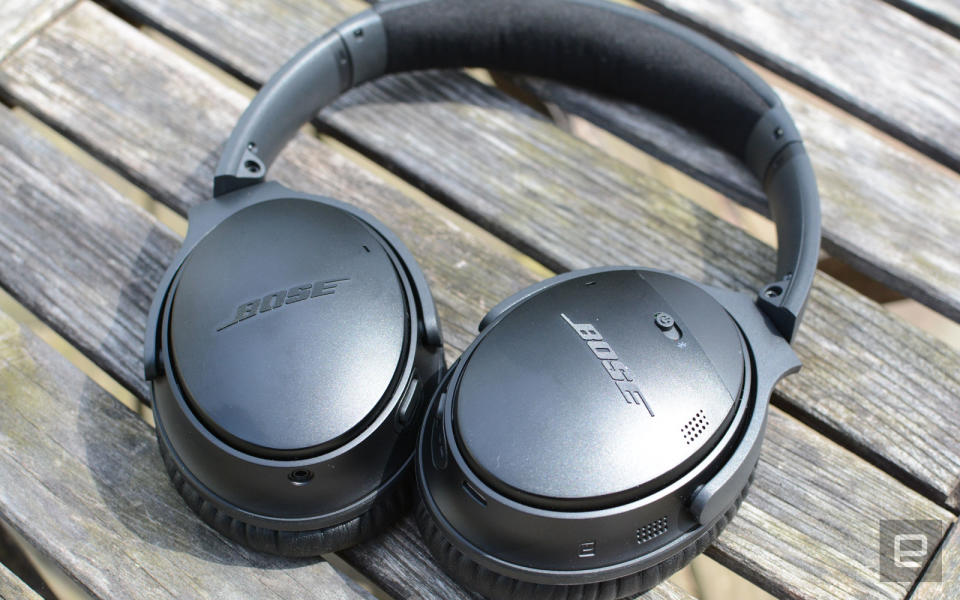
For a long time, Bose was the category leader in noise-canceling headphones. The company debuted its first wireless model with its trademark feature in 2016, the QuietComfort 35, before following up with the QuietComfort 35 II last year, as part of Google's push for headphones that worked well with Google Assistant. The only real difference is a new "Action" button that summons the virtual helper whenever you press it. Version 2.0 still has Bose's great noise cancellation and strong overall sound quality, alongside a lightweight design that's super-comfy to wear, even for long periods of time. In fact, the QC 35 II's lack of heft makes it more comfortable than the WH-1000XM2, but Sony still wins when it comes to audio quality and active noise cancellation.
Even if you don't use Google Assistant, that extra button can still lend a hand. You can also use it to cycle through the three different noise-canceling modes on the QC 35 II, rotating through the trio to find which is best suited to your current surroundings. If you don't think that additional control will be useful, you can save a few bucks and get the original QuietComfort 35 -- if you can find it. For iOS users, the button that's used to play/pause or skip songs on both models can also be used to activate Siri when needed. In other words, you'll have access to Apple's virtual assistant on either set. Bose offers only the QC 35 II in its online shop, but some retailers still stock that first model for around $329.
Blue Satellite
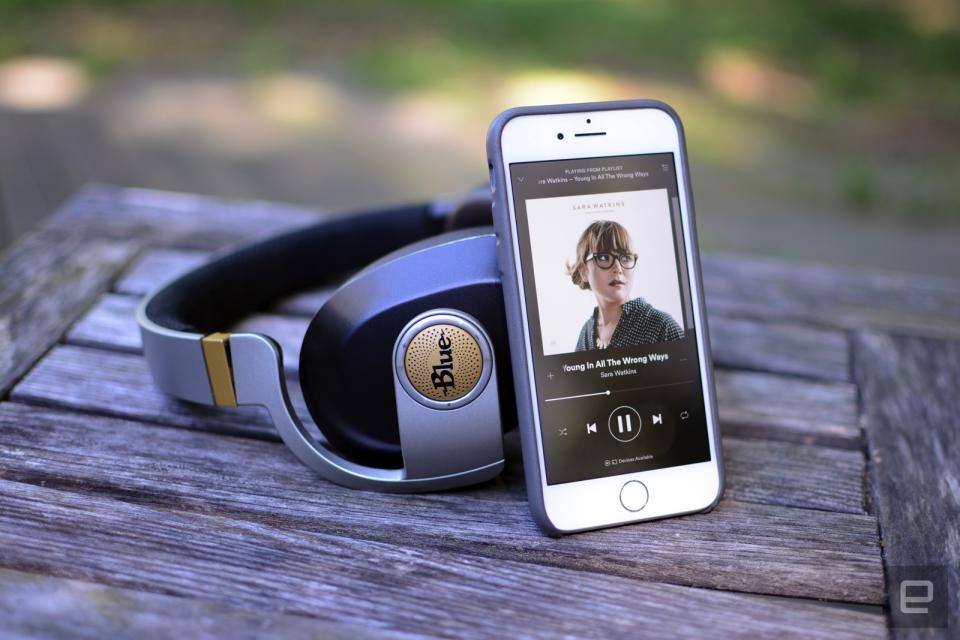
Wireless headphones with a built-in amp? Look no further. Blue may be best known for its microphones, but the company began putting its stamp on headphones a couple of years ago. At CES last year, it debuted the Satellite, a set of wireless noise-canceling headphones that also pack in an amplifier to further improve sound quality. These added components make the Satellite a bit bulky, and you'll certainly notice the extra heft when you compare them with competing models from Bose and Sony. And, as you might expect, using that built-in amp will really cut into your battery life. However, I found during the course of my review that you can still rely on these headphones for almost a full workday, even if you use the Satellite's trademark feature the entire time.
What the Satellite lacks in comfort it makes up for in overall audio quality. These are some amazing-sounding headphones; in my opinion, the audio here may be the best of this whole group. However, when judging the merits of headphones, comfort is almost equally important to me -- which is why Blue is midway down this list. But there's a much fuller sound here, thanks to the built-in amp, with depth and clarity that not even the WH-1000XM2 can match. Of course, at $400, that stellar audio doesn't come cheap.
Beats Studio3
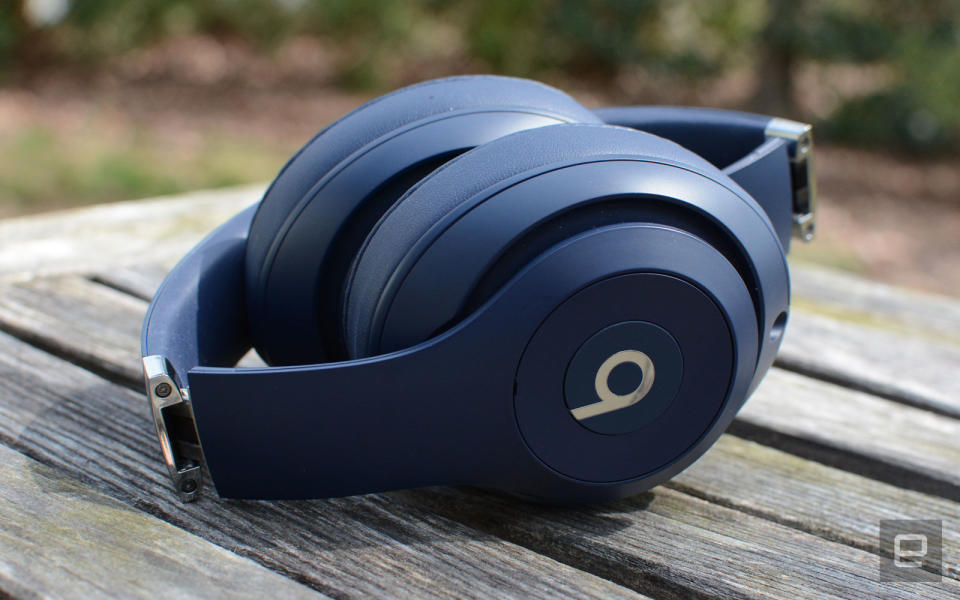
I know, I know. You're probably thinking "Seriously, a pair of Beats headphones on a 'best' list?" Hear me out. Beats headphones are typically criticized for two key things: (1) overpowering bass, and (2) commanding a premium for the brand name. I'm not here to argue about that second point, but I will say that I find the overall sound much more balanced on the Studio3 ($350) than in previous Beats models I've tested. There's still a solid dose of bass, but it's not as obviously overpowering as it once was -- at least not to me. Indeed, there are some audio adjustments, but there are some other features that earned these headphones a spot on this list.
First, the Studio3 packs Apple's W1 processor for super-fast pairing -- that's the same Bluetooth chip used on the AirPods, Beats X and Powerbeats3 earbuds. There's also a "Fast Fuel" mode that gives you three hours of listening time with only a 10-minute charge. And if you're an iPhone and Mac user, you can take advantage of seamless switching between your phone and laptop, thanks to iCloud. Beats' Pure ANC noise cancellation is pretty good too, though it's not nearly as effective as what's on Sony's WH-1000XM2. After trying several pairs of Beats headphones that felt uncomfortable, the Studio3 ushers in soft earpads and a headband that won't pinch your head.
Master & Dynamic MW60
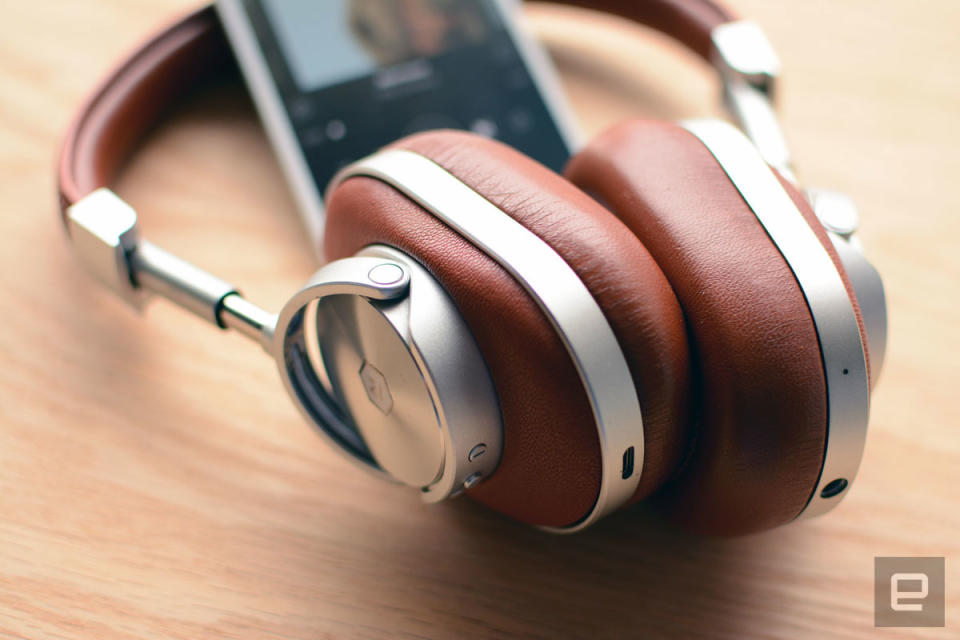
Sometimes you want your audio gear to look as good as it sounds. If that's what you're after, consider the MW60. Master & Dynamic's wireless over-ear headphones feature many of the same design cues as the company's other products: a mix of metal, leather and other materials that create a more premium look and feel than rival headphones. Basically: You won't see any plastic headbands or cheap-looking components here.
The MW60's beauty is more than just skin-deep, though. While I would have preferred a little more volume, these, too, sound great. M&D set out to create a more natural sound profile that presents the music as the artist intended, and it largely accomplishes that. These headphones aren't overly tuned, so you won't have to contend with too much bass or some other heavy-handed adjustment. That refined design comes with a higher price, though: Expect to pay nearly $550 for these bad boys.
Sennheiser HD 4.50 BTNC
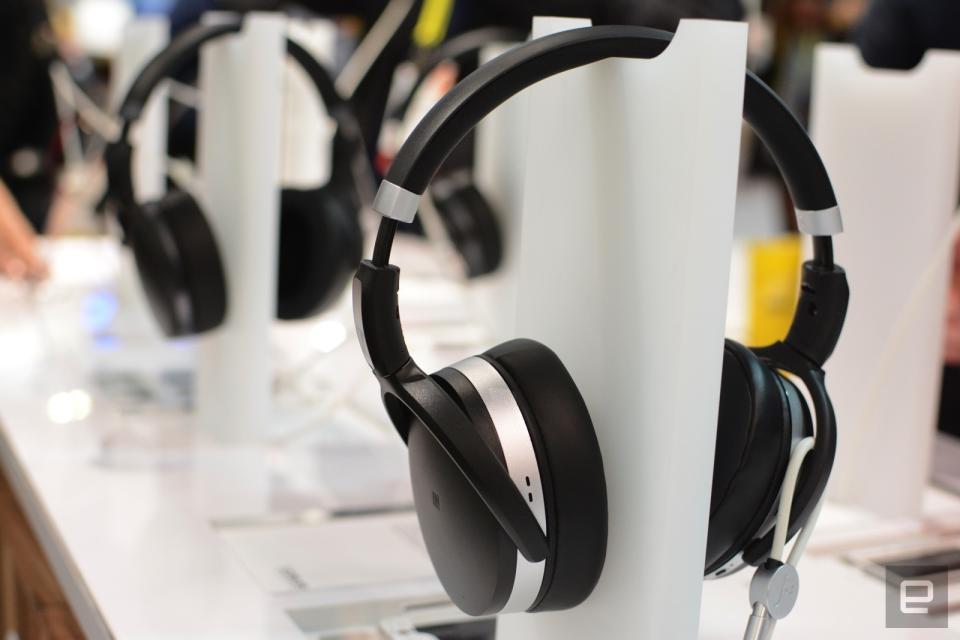
After a set of picks that cost a few hundred dollars each, you're likely hoping for a more affordable option. The Sennheiser HD 4.50 BTNC won't wow you with a flashy design, but what you get here for less than $180 is well worth considering. You still get a mix of good sound and active noise cancellation, but these headphones do have a cheaper-looking plastic design. They don't look chintzy, by any means, but the aesthetic isn't as refined as with some of the pricier options. However, for a pair of headphones that's $150 to $200 cheaper than most of the other models listed here and still sounds quite good, I'm willing to overlook the fact that it doesn't have the most stylish design.
